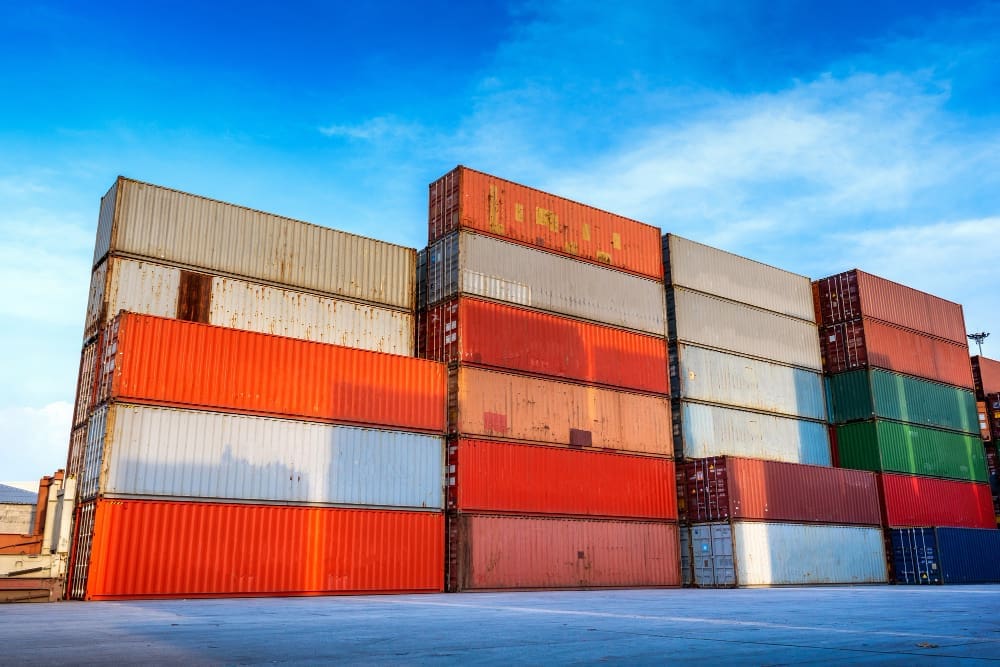The pace of trade facilitation in customs and border procedures has accelerated since the WTO Trade Facilitation Agreement (TFA) was signed in 2017. India’s National Committee on Trade Facilitation (NCTF) was quick to realize that the TFA alone would not lead to substantial improvements without examining and renovating the border ecosystem, including the physical infrastructure at ports, airports, and land customs stations. The National Trade Facilitation Action Plan (NTFAP) serves a dual purpose:
- Utilize technology to expedite, simplify, and reduce costs associated with trade.
- Offer importers and exporters enhanced clarity, efficiency, and transparency, thereby reducing bureaucratic barriers and minimizing the risk of corruption.
There has been a significant improvement in efficiency and clearance time, with a focus on two main objectives.
- This progress has been primarily attributed to the implementation of process reforms by customs and other border agencies.
- Additionally, the integration of technology has played a vital role, particularly through the adoption of the Single Window Interface for Facilitation of Trade (SWIFT) and the implementation of container scanning. The incorporation of cutting-edge analytics for risk management and the enhancement of infrastructure at ports have also contributed to this positive trend.
- The average release time (ART) of cargo, as highlighted in the yearly National Time Release Study (NTRS), serves as a clear indicator of these advancements. Notably, the objective of achieving a 24-hour release time for airports and a 48-hour release time for marine and land ports for risk-free consignments, as set by the National Trade Facilitation Action Plan (NTFAP), has been successfully attained. For other consignments, the NTFAP target is within reach.
When it comes to enhancing the process, two key areas have an impact on the Advance Ruling on Tariff (ART) system.
- Risk management: A well-built system establishes the proportion of cases chosen for intervention, which can involve scrutinizing documents or performing more thorough inspections on cargo. Thanks to the implementation of artificial intelligence (AI), machine learning (ML), and Big Data, targeting has become more precise and efficient.
- Faceless assessment scheme: It was introduced in 2020 to cover all customs assessments. This initiative aimed to ensure a fairer and more consistent evaluation process across various locations. However, according to the NTRS 2023 report, it suggests the necessity for increased accountability among national assessment coordinators. They should intervene when inconsistencies in the evaluation of the same commodity are identified to ensure a harmonized approach.
There is still a lingering issue regarding the absence of a notable advancement in the art of exporting cargo. The recent NTRS 2023 report shed light on a number of obstacles in this area.
- One major concern is the considerable amount of time taken during the post-regulatory approval stage.
- Moreover, the handling and organization of “less than container load” cargo tends to face more significant delays.
- Additionally, exporters based in the hinterland are at a disadvantage as they lack convenient access to real-time information regarding vessel schedules, port traffic, and congestion status. To tackle this problem, it is essential for a multidisciplinary expert committee to suggest viable steps for resolution.
The upcoming wave of trade facilitation reforms should prioritize the calibre of decisions made by regulatory agencies, primarily customs, rather than just the quantity of outcomes.
This entails establishing a system for efficient resolution of complaints and ensuring fair dispute settlement. While there are mechanisms in place to address grievances promptly, there still remains a concern regarding the quality of such resolutions.
To address this, it is crucial to strictly enforce restrictions on reopening assessments beyond the standard two-year limitation period, particularly when disputes arise due to differing interpretations of the law, such as tariff classification unless the importer/exporter is guilty of deliberate misdeclaration or suppression.
The department should set a precedent by thoroughly reviewing and retraining officers responsible for issuing unreasonable orders.
Additionally, there is a pressing need for widespread awareness and capacity-building to instil a sense of reasonableness across various levels and processes, including investigations, audits, issuance of show-cause notices, adjudications, and appeals.
While the previous phase of reforms focused on achieving quantitative targets like the average release time of cargo, the next phase must prioritize the quality and fairness of decision-making processes, which will yield far more significant benefits.

